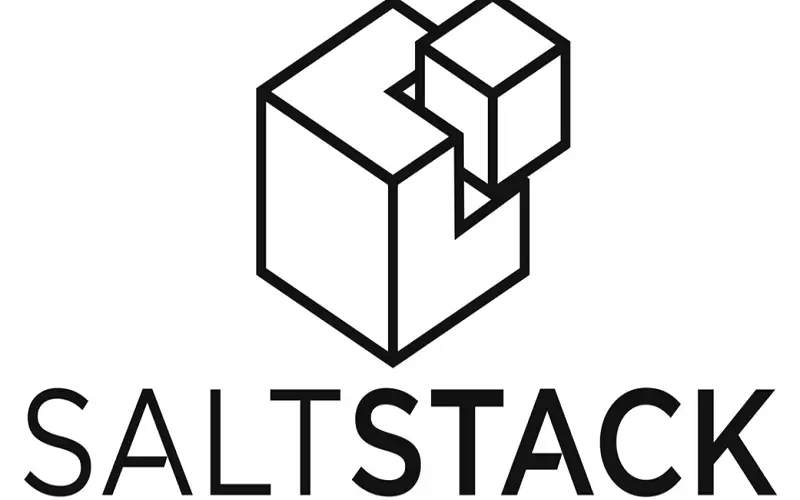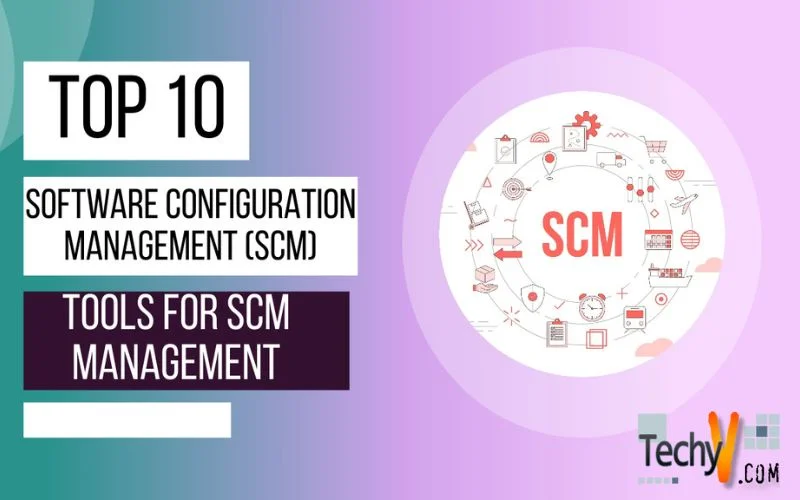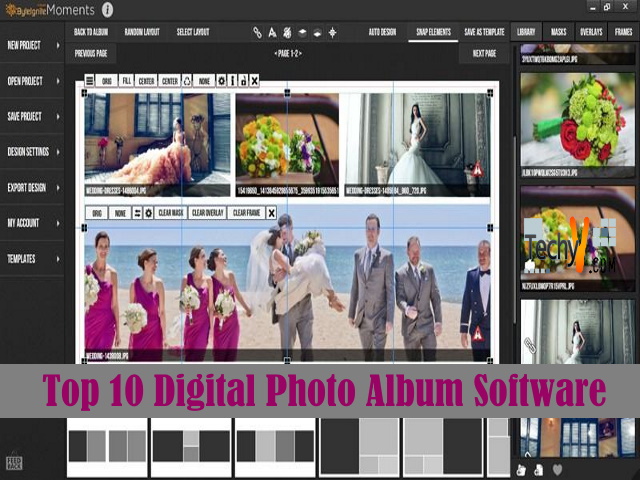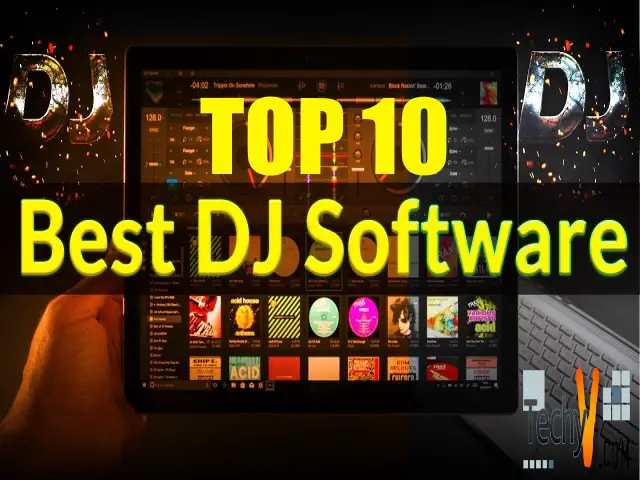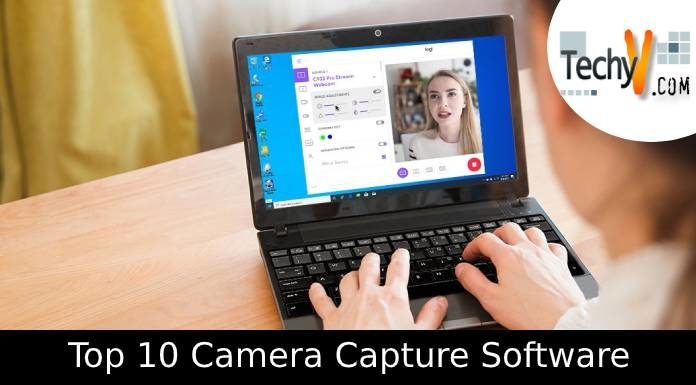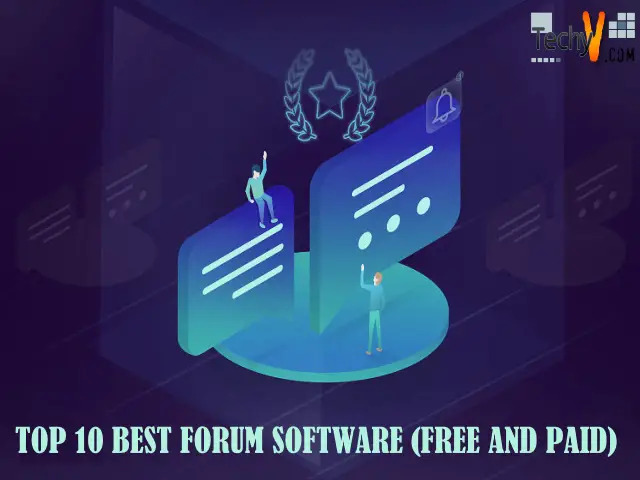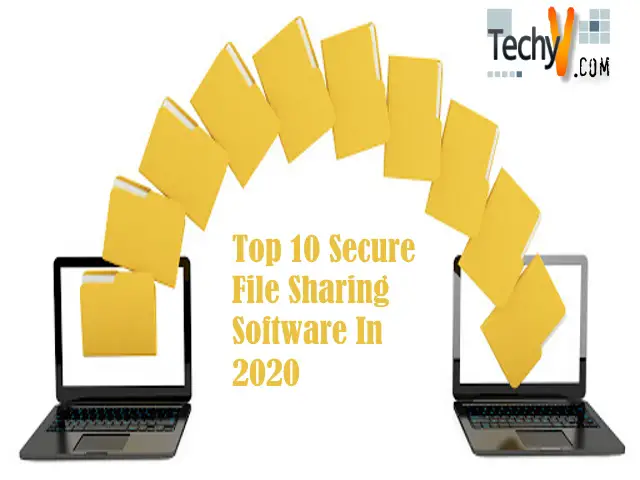Software Configuration Management in Software Engineering is recording and controlling changes in software as part of the disciplinary topic of Configuration Management. The establishment of baselines and SCM practises incorporating visual controls. SCM can detect what was modified and who changed it if something goes wrong. The aim of Software Configuration Management is configuration, identification, configuration idioms and baselines, configuration control, and implementation of a control change process.
1. GitLab
GitLab is a different repository management solution offers Git repository management capabilities like access control, issue tracking, and code reviewing. GitLab run on different operating systems including Windows, Linux, Docker, OSX, and FreeBSD. Tests are dispersed on distinct computers; each build is divided into numerous tasks executed in parallel on various computers.
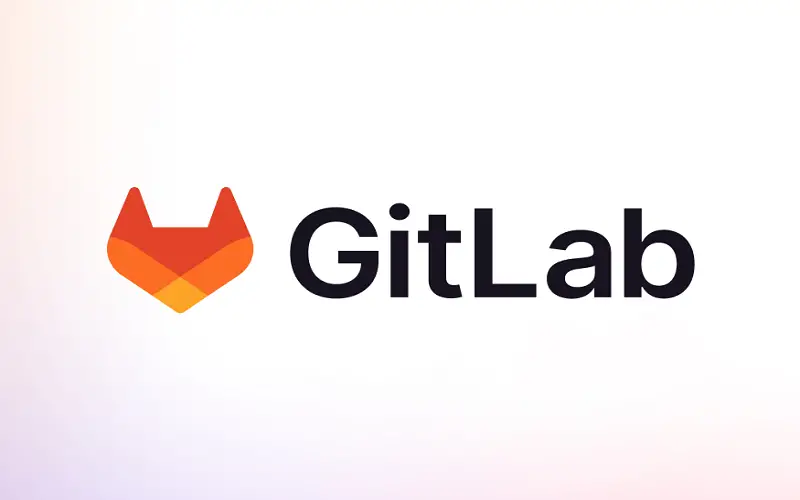
2. Bitbucket
Bitbucket is a version control system cloud that supports Mercurial and Git, simplicity, scalability, and flexibility is the popular choice for software development team of different size. Bitbucket allow to monitor change in the code and build branches to work on new features, address issues. It is merged in the main codebase, enabling the examination of code before being integrated into the source.

3. Subversion
It is an open-source software configuration application. It organises files and folders, make changes in them to review and analyse the changes, and may go back to the prior version. It explains the modifications made to the file, the benefit of being able to undo the changes. Provides the alterations implemented in the file, the ability to reverse the changes.
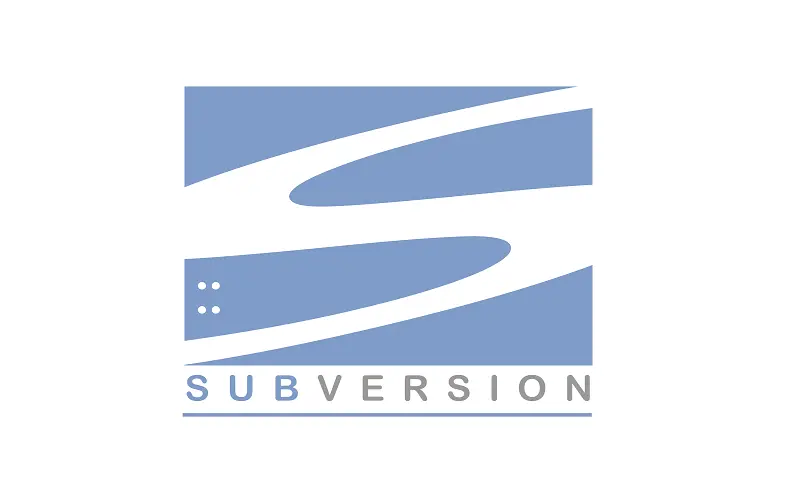
4. Mercurial
Mercurial is a distributed revision control system free to use. The user has a complete copy of whole source. It enables developers to work offline and collaborate when aren’t connected to the internet. Mercurial is a fast system that is excellent for large projects. It is dependable with a lengthy track record of stability and security. Mercurial is a powerful tool for managing different aspect of software development. It tracks code change, maintains documentation, and interacts with others.

5. ClearCase
The IBM Rational ClearCase provides software assets like code, requirements, design papers, models, test plans, and test results. It supports parallel development, automatic workspace management, baseline management, secure version management, and dependable build auditing, deletes prior versions, creates and deletes branches, lists version histories, and compares and merges versions. Development and integration models, private workstations, and public integration areas are available. User identification and audit trails include satisfying compliance standards with administrative effort. It allows to manage personal workspaces and access the file.
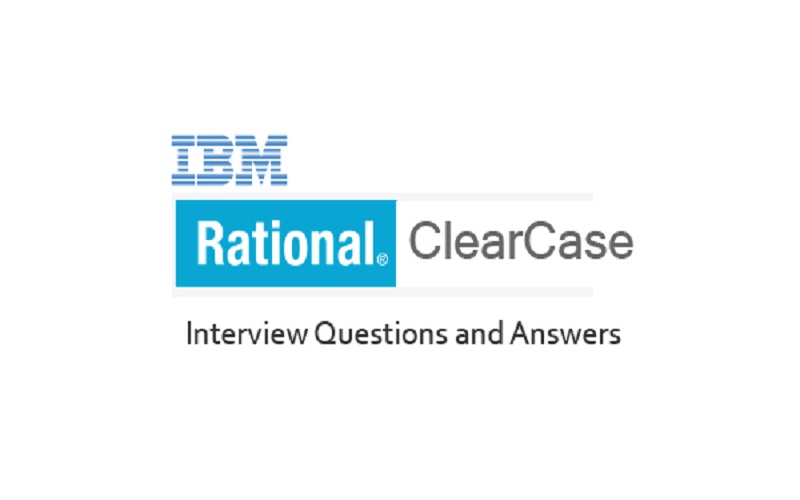
6. TFS
TFS (Team Foundation Server) is a Microsoft product designed to meet the needs of Source Code Management. It works well with development methods, Agile software development and Waterfall model development. It supports automated builds, Lab Management, Test Management, and Release Management. It supports the entire application development lifecycle and all DevOps features. Visual Studio (IDE integration) functionality became a corporation to the Team Foundation Server (TFS). TFS has ticket-tracking functionality.
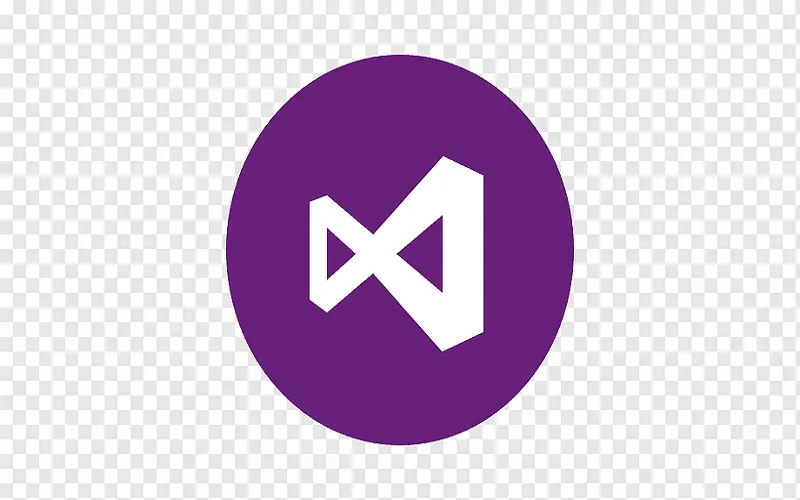
7. Puppet
Puppet is an excellent open-source configuration management solution for centralising and automating configuration management. It setups, manages, and deploys applications and services. The software delivery management application gives complete control and insight over the software delivery process and allow one to make rapid modifications or address urgent issues in addition to model-driven automated management. This finest configuration management solution assists in managing infrastructure as code using the preferred version control system.
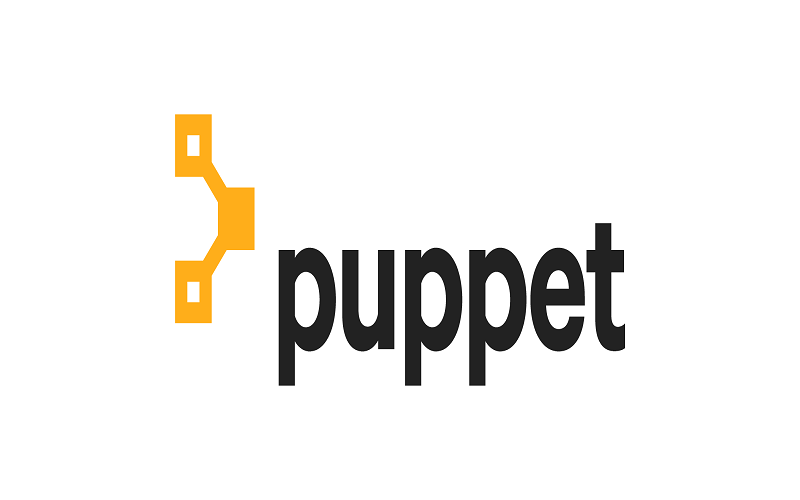
8. Chef
Chef is a cloud configuration management and deployment solution that is open source. The goal is to help the servers in cloud or departmental data centre. Chef enables DevOps to spin tens or hundreds of servers instances and enables collaboration between programmers and system administrators. Chef serves the community as a whole, rather than having developers construct apps and waiting for Ops employees to grasp and distribute software. Chef helps the DevOps movement a successful and automated workflow, to transition the process to a continuous delivery model with a shortened release cycle.
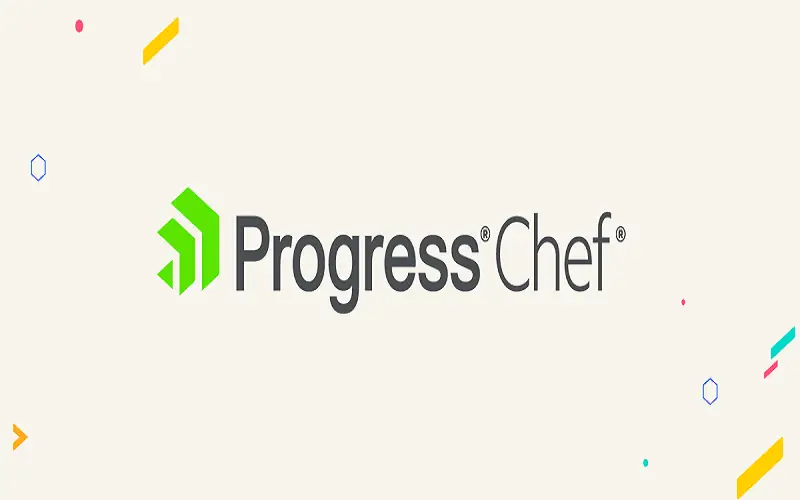
9. Ansible
Ansible is a radically simple automation engine for automating cloud provisioning, configuration management, application deployment, intra-service orchestration, and other IT tasks. Ansible Automation Platform is evolved to deliver sophisticated automation solutions for operators, administrators, and IT decision-makers across technological disciplines. It’s a Red Hat enterprise automation solution with a flourishing open-source community and the de facto standard technology for IT automation. The enterprise is utilized by IT teams, to scale automation, handle complicated deployments, and increase productivity. Red Hat or partner consulting services assists in moving forward with the end-to-end automation journey for a faster time to value.
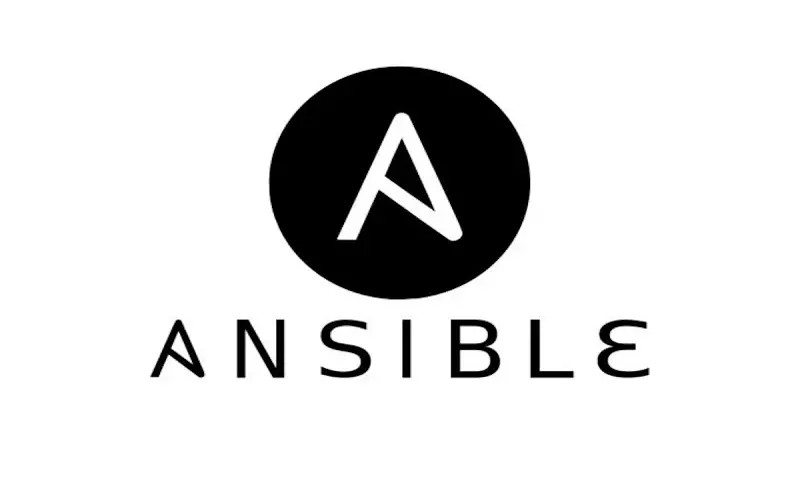
10. SaltStack
SaltStack is a well-known configuration management solution that operates on a decentralised approach based on the Python programming language. It is an open-source project which offers push and SSH ways for effective consumer contact. It makes it easy to control environmental settings for a group of clients by using configuration templates. SaltStack makes it simple to specify and apply security software states throughout the whole IT infrastructure. It allows simple integration with security procedures and aids in continual compliance.
